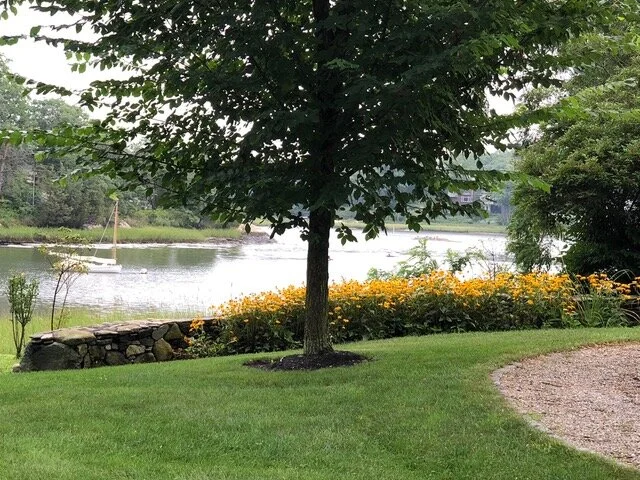THE CENTRALITY OF CONSCIOUSNESS
(An Edited Excerpt from Beyond Denial)
If I were to try to state the main goal of the spiritual-religious life briefly (fool’s errand though that might be), what I would start with is this: the centrality of consciousness. Let’s consider some specifics of what that can mean in practical life.
Becoming more consciously aware involves, first, learning to recognize realities that are not evident to immediate perception. One resource that helps show us this is modern science.
Consider, for example, how the physical spaces you and I are inhabiting right now, including our very bodies, are filled with all sorts of unseen things: Wi-Fi signals and radio waves, electromagnetic fields and microbes. All those things, real as they may be, are completely invisible. But although no one could ever be aware of those things directly through the five senses, we can, over time and with effort, become consciously aware of them—and of how to “work” or use them.
Think too of what the astronomer Copernicus saw: that the earth goes around the sun, even though the opposite is “obvious.” Or consider the medical pioneers who opened their mental eyes to the existence of micro-organisms. Some of them were initially ridiculed for “believing in germs.” But who laughs at them now? Or, again, consider the work of Darwin. Can anyone see evolution? Though our physical eyes cannot, we can learn to perceive how evolution unfolds as we consciously notice and record its incremental changes. Consider, again, Einstein’s perception of the interchangeability of energy and matter. Our five senses couldn’t begin to discern that unaided. But it’s a fact.
What Copernicus and these other thought leaders had in common was an openness of mind that helped them—and eventually humankind as a whole—to become more consciously aware of previously unseen phenomena. And they did so through specific and sustained acts of consciously studying trails of evidence, even though much of what they discovered was not immediately evident.
And here is a key point. That same methodology of conscious “noticing” that is central to science is equally central to the spiritual-religious enterprise. Just as science actively probes invisibilities that we typically think of as “physical,” so also a mature spirituality must develop proactive practices to probe that which we usually call “spiritual.” Like electromagnetism, evolution, etc., the realm of spirit, though not directly seen, is tangibly real.
Just as science has greatly advanced by fostering conscious awareness of invisible things, so must the spiritual renewal of our time proceed by making a practice of peering into—and thus empowering ourselves to better access—the hidden energies of the psycho-spiritual dimensions of existence in and around us.
This need to consciously access spiritual resources in new ways is especially pressing today, given the many looming challenges facing us: environmental disruption and economic inequality, escalating political and international conflicts, and prevalent worldview breakdowns. What those upheavals will require of us more than anything else is ongoing growth in the kind of conscious awareness that acknowledges the origin, nature and dynamics of these problems themselves. And that, in turn, will require us to move beyond denial of the severity of (or even the existence of) those challenges. Can anyone doubt that such denial has become chronic and systemic in today’s culture?
